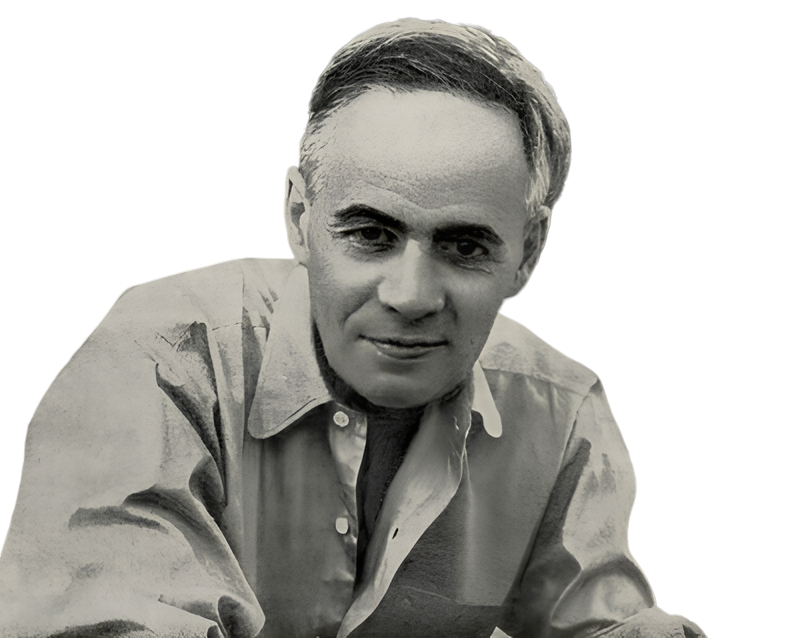Legends
Solomon Nikritin

-
Nikritin proved himself not only as a painter, but also as a poet and innovative stage-director. Within the walls of the Higher artistic and technical workshops (abbreviated in Russian as VKHUTEMAS) he organized one of the first “abstract” theaters in Russia. Projection Theatre, based on the ideas of biomechanics, was conceived as a laboratory for interdisciplinary research to train a new type of actor.
-
Nikritin's lectures were a huge success among students. There is evidence of a sold-out audience in a 600-seat auditorium during his performance at VKHUTEMAS.
-
Solomon Nikritin left behind a theoretical legacy. In 1921, he formulated the theory of projectionism. The term "projectus" (literally "thrown forward") takes on the meaning of "directed into the future." This theory was based on the idea that a new culture is, first of all, a new consciousness. Projectionists opposed constructivists. They prioritized the creative process, which was more important to them than the final result. Their ideal projectionist was Leonardo da Vinci.
-
Nikritin created a new method of designing exhibitions - based on the principle of a screenplay. His main work was a text supplemented with photographs and drawings - a total of 26 units, but the entire complex has not been preserved. Next to the exhibit there was an inscription: “DO YOU WANT TO SEE THE DRAWINGS? SPEND 2 HOURS ON THEM” and there was a stepladder. This was the first example in the history of art of the 20th century of a special solution to exhibition as the presentation of an idea. It can be said that Nikritin anticipated conceptual art.
-
Solomon Nikritin, as an author-designer, worked for the International Exhibition in New York in 1939, participated in the design of physical education parades on Red Square in Moscow, and was involved in the design of Theater Square and the Opera House building in Kyiv.
-
Nikritin’s work was not without scandals. In 1935, the demonstration of his work “Old and New” caused sharp rejection among the Stalinist critics, and he almost ended in arrest. One of the critics said: “After watching such a work, it’s scary to live for a month, despite all the fun of our lives.” The so-called by his critics “individualistic” and “erotic” tendencies seen in this work were associated with the work of the “Italian fascists”. After this episode, Nikritin became a non-official artist and went underground.